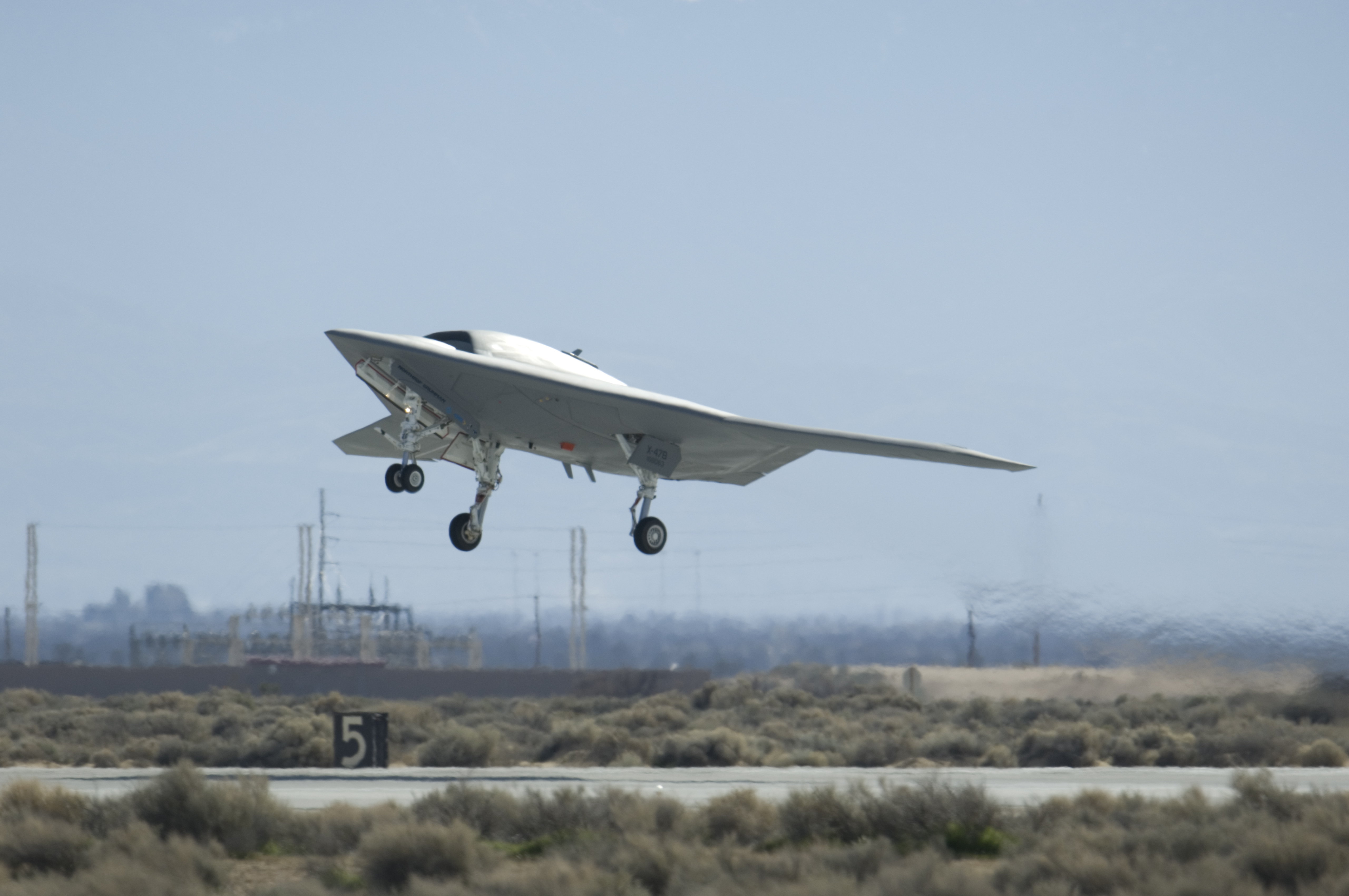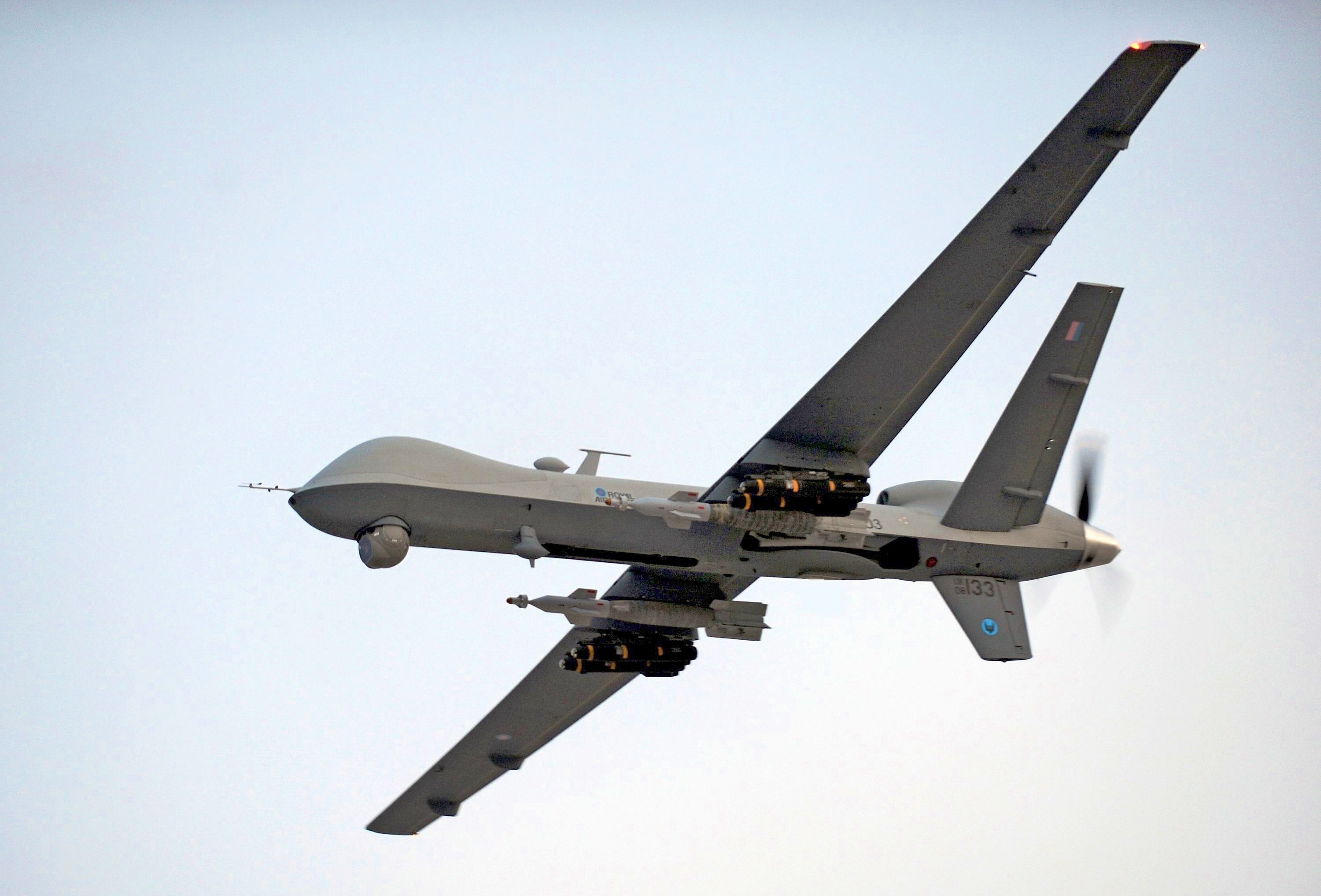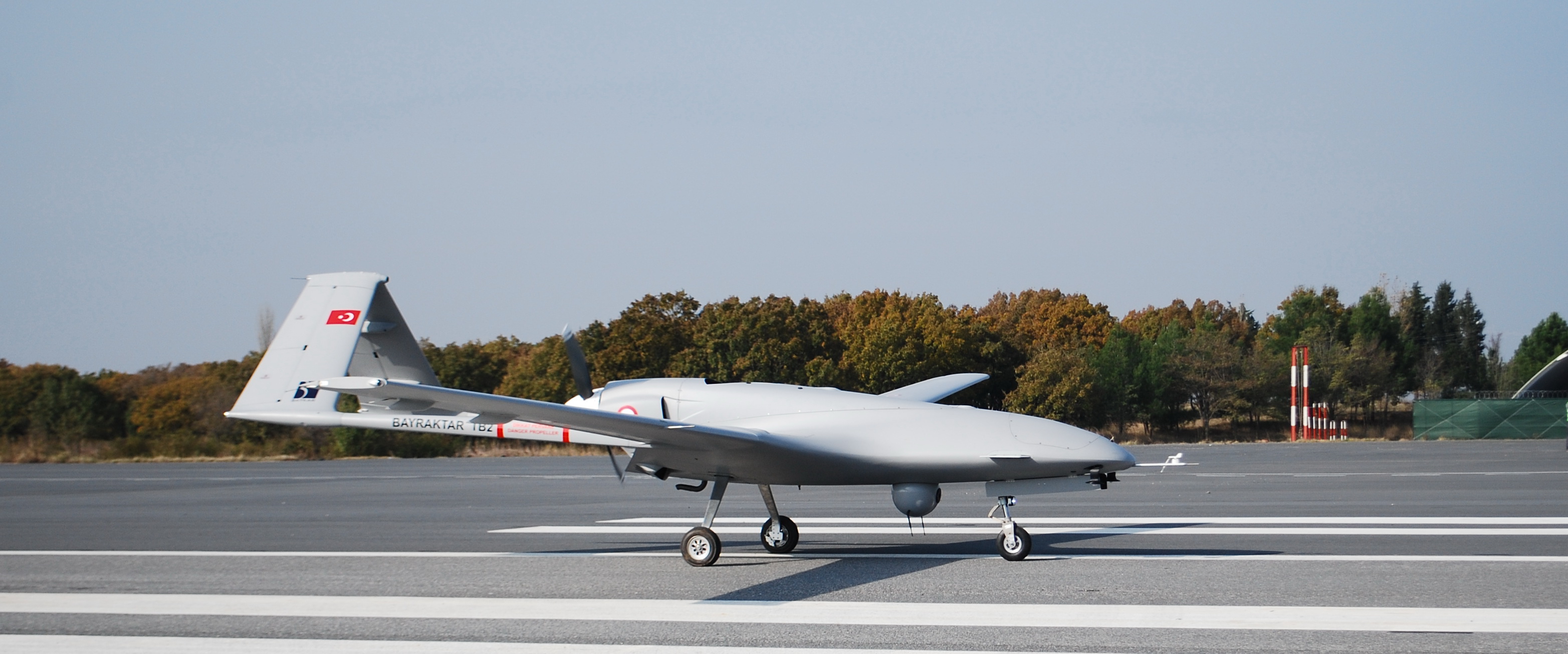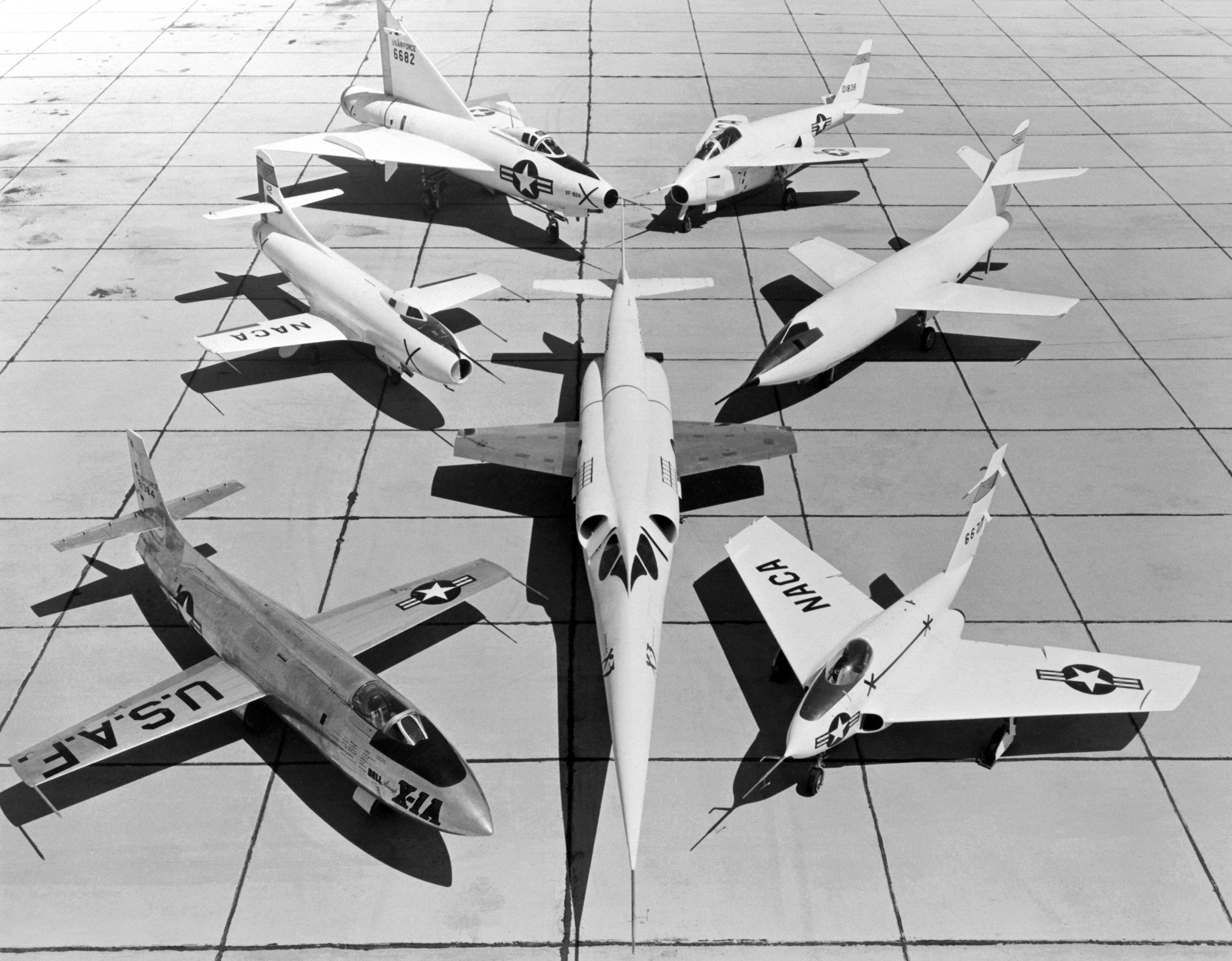|
X-47A
The Northrop Grumman X-47 is a demonstration unmanned combat aerial vehicle. The X-47 began as part of DARPA's J-UCAS program, and is now part of the United States Navy's UCAS-D program to create a carrier-based unmanned aircraft. Unlike the Boeing X-45, initial Pegasus development was company-funded. The original vehicle carries the designation X-47A Pegasus, while the follow-on naval version is designated X-47B. Design and development The US Navy did not commit to practical UCAV efforts until mid-2000, when the service awarded contracts of US$2 million each to Boeing and Northrop Grumman for a 15-month concept-exploration program. Design considerations for a naval UCAV included dealing with the corrosive salt-water environment, deck handling for launch and recovery, integration with command and control systems, and operation in a carrier's high electromagnetic interference environment. The Navy was also interested in using their UCAVs for reconnaissance missions, penetrat ... [...More Info...] [...Related Items...] OR: [Wikipedia] [Google] [Baidu] |
Northrop Grumman X-47B
The Northrop Grumman X-47B is a demonstration unmanned combat aerial vehicle (UCAV) designed for aircraft carrier-based operations. Developed by the American defense technology company Northrop Grumman, the X-47 project began as part of DARPA's J-UCAS program, and subsequently became part of the United States Navy's Unmanned Combat Air System Demonstration (UCAS-D) program. The X-47B is a tailless jet-powered blended-wing-body aircraft capable of semi-autonomous operation and aerial refueling. The X-47B first flew in 2011, and , its two active demonstrators have undergone extensive flight and operational integration testing, having successfully performed a series of land- and carrier-based demonstrations. In August 2014, the US Navy announced that it had integrated the X-47B into carrier operations alongside manned aircraft, and by May 2015 the primary test program was declared complete. The X-47B demonstrators themselves were intended to become museum exhibits after comple ... [...More Info...] [...Related Items...] OR: [Wikipedia] [Google] [Baidu] |
Northrop Grumman X-47C
The Northrop Grumman X-47C is a design for a stealth, unmanned aircraft. Its ancestors the X-47A and the X-47B The Northrop Grumman X-47B is a demonstration unmanned combat aerial vehicle (UCAV) designed for aircraft carrier-based operations. Developed by the American defense technology company Northrop Grumman, the X-47 project began as part of DARPA' ... made this unmanned aircraft possible to carry out the "stealth" that was needed in order to be difficult to detect by radar. It is planned to have a payload of , significantly exceeding that of the X-47A. The initial date for building the aircraft was in 2018, although changes will most likely be made as in whether to continue with the design or to use a more advanced system. References X-47C Proposed aircraft of the United States Blended wing body Tailless aircraft Unmanned military aircraft of the United States Unmanned stealth aircraft {{mil-aviation-stub ... [...More Info...] [...Related Items...] OR: [Wikipedia] [Google] [Baidu] |
Unmanned Combat Aerial Vehicle
An unmanned combat aerial vehicle (UCAV), also known as a combat drone, colloquially shortened as drone or battlefield UAV, is an unmanned aerial vehicle (UAV) that is used for intelligence, surveillance, target acquisition, and reconnaissance and carries aircraft ordnance such as missiles, ATGMs, and/or bombs in hardpoints for drone strikes. These drones are usually under real-time human control, with varying levels of autonomy. Unlike unmanned surveillance and reconnaissance aerial vehicles, UCAVs are used for both drone strikes and battlefield intelligence. Aircraft of this type have no onboard human pilot. As the operator runs the vehicle from a remote terminal, equipment necessary for a human pilot is not needed, resulting in a lower weight and a smaller size than a manned aircraft. Many countries have operational domestic UCAVs, and many more have imported armed drones or are in the process of developing them. History One of the earliest explorations of the concep ... [...More Info...] [...Related Items...] OR: [Wikipedia] [Google] [Baidu] |
Unmanned Combat Aerial Vehicle
An unmanned combat aerial vehicle (UCAV), also known as a combat drone, colloquially shortened as drone or battlefield UAV, is an unmanned aerial vehicle (UAV) that is used for intelligence, surveillance, target acquisition, and reconnaissance and carries aircraft ordnance such as missiles, ATGMs, and/or bombs in hardpoints for drone strikes. These drones are usually under real-time human control, with varying levels of autonomy. Unlike unmanned surveillance and reconnaissance aerial vehicles, UCAVs are used for both drone strikes and battlefield intelligence. Aircraft of this type have no onboard human pilot. As the operator runs the vehicle from a remote terminal, equipment necessary for a human pilot is not needed, resulting in a lower weight and a smaller size than a manned aircraft. Many countries have operational domestic UCAVs, and many more have imported armed drones or are in the process of developing them. History One of the earliest explorations of the concep ... [...More Info...] [...Related Items...] OR: [Wikipedia] [Google] [Baidu] |
Pratt & Whitney Canada JT15D
The Pratt & Whitney Canada JT15D is a small turbofan engine built by Pratt & Whitney Canada. It was introduced in 1971 at thrust, and has since undergone a series of upgrades to just over thrust in the latest versions. It is the primary powerplant for a wide variety of smaller jet aircraft, notably business jets. Design and development When it first ran in 1967 the JT15D was rare among turbofan engines in that it uses a centrifugal compressor as its high-pressure stage. About 70% of the air passing through the fan goes down the bypass duct. The JT15D-4 and later variants use a "booster" axial stage behind the fan which runs at the same speed as the fan and directs the remaining 30% of the air into the high-pressure compressor, after which it passes into a reverse-flow annular combustor. The hot gases flow through a high-pressure turbine that drives the centrifugal compressor, and a low-pressure turbine that drives the fan and booster. The engine was first run in August 1967 ... [...More Info...] [...Related Items...] OR: [Wikipedia] [Google] [Baidu] |
Boeing X-45
The Boeing X-45 unmanned combat air vehicle is a concept demonstrator for a next generation of completely autonomous military aircraft, developed by Boeing's Phantom Works. Manufactured by Boeing Integrated Defense Systems, the X-45 was a part of DARPA's J-UCAS project. Development Boeing developed the X-45 from research gathered during the development of the Bird of Prey. The X-45 features an extremely low-profile dorsal intake placed near the leading edge of the aircraft. The center fuselage is blended into a swept lambda wing, with a small exhaust outlet. It has no vertical control surfaces — split ailerons near each wingtip function as asymmetric air brakes, providing rudder control, much as in Northrop's flying wings. Removing the pilot and its associated facilities from the aircraft dramatically reduces the aircraft's cost. Ground-based pilots execute the higher level decisions, but the mechanical flying of the aircraft is autonomous. Variants X-45A Boeing built tw ... [...More Info...] [...Related Items...] OR: [Wikipedia] [Google] [Baidu] |
Unmanned Combat Air System Demonstrator Program
The United States Navy Unmanned Combat Air System Demonstrator (UCAS-D) program consists of * Northrop Grumman X-47A Pegasus * Northrop Grumman X-47B The UCAS-D program is to demonstrate the feasibility of operating an unmanned vehicle on an aircraft carrier. Technology and operational procedures gained from the program and X-47B demonstrator will be used to develop an operational unmanned carrier aircraft through the Unmanned Carrier-Launched Surveillance and Strike (UCLASS) program. - Flightglobal.com, 10 July 2013 References See also *UCLASS
[...More Info...] [...Related Items...] OR: [Wikipedia] [Google] [Baidu] |
Joint Unmanned Combat Air Systems
Joint Unmanned Combat Air Systems, or J-UCAS, was the name for the joint U.S. Navy and U.S. Air Force unmanned combat air vehicle procurement project. The two vehicles involved in the project were the Boeing X-45 and Northrop Grumman X-47. J-UCAS was managed by the Defense Advanced Research Projects Agency. In the 2006 Quadrennial Defense Review, it was stated that the J-UCAS program would be terminated and instead a new long-range strategic bomber program, "''Next-Generation Bomber''", for the Air Force has been launched. The program was revitalized into a Navy-only program named UCAS-D. Defense Industry Daily, 7 February 2010 History It is unusual for DARPA to be involved with advanced development programs; the agency normally performs |
Scaled Composites
Scaled Composites (often called simply Scaled) is an American aerospace company founded by Burt Rutan and currently owned by Northrop Grumman. It is located at the Mojave Air and Space Port in Mojave, California, United States. Founded to develop experimental aircraft, the company now focuses on designing and developing concept craft and prototype fabrication processes for aircraft and other vehicles. It is known for unconventional designs, for its use of non-metal, composite materials, and for winning the Ansari X Prize with its experimental spacecraft SpaceShipOne. Company history Scaled Composites was established in 1982 and purchased by the Beech Aircraft Corporation in 1985, as a result of the collaboration on the Beechcraft Starship, Starship project. In 1988, Beech's parent company, Raytheon, sold Scaled back to Rutan, who then sold it to Wyman-Gordon. After Wyman-Gordon was acquired by Precision Castparts Corp., Rutan and ten investors re-acquired the company as Scaled C ... [...More Info...] [...Related Items...] OR: [Wikipedia] [Google] [Baidu] |
List Of Experimental Aircraft
As used here, an experimental or research and development aircraft, sometimes also called an X-plane, is one which is designed or substantially adapted to investigate novel flight technologies. Argentina * FMA I.Ae. 37 glider – testbed for production fighter Australia * GAF Pika – manned test craft for drone program Brazil * Baumgartl PB-60 – towed experimental rotor kite Canada *AEA Silver Dart (1909) – First aircraft to fly in Canada *Avro Canada Avrocar – Ducted fan VTOL * Birdman Project 102 – * Canadair CL-52 – jet engine testbed (converted Boeing B-47) * Canadair CL-84 Dynavert – tilt-wing VTOL * de Havilland Canada C-8A – Quiet Short-Haul Research Aircraft * de Havilland Canada C-8A – Air-Cushion Landing System * de Havilland Canada C-8A – Augmentor Wing *Marsden Gemini – variable-geometry glider *NRC tailless glider – tailless flying wing *UTIAS Ornithopter No.1 France * Aérocentre NC.130 1939 – High-altitude flight * Aérospatiale Lu ... [...More Info...] [...Related Items...] OR: [Wikipedia] [Google] [Baidu] |
Turbofan
The turbofan or fanjet is a type of airbreathing jet engine that is widely used in aircraft engine, aircraft propulsion. The word "turbofan" is a portmanteau of "turbine" and "fan": the ''turbo'' portion refers to a gas turbine engine which achieves mechanical energy from combustion, and the ''fan'', a ducted fan that uses the mechanical energy from the gas turbine to force air rearwards. Thus, whereas all the air taken in by a turbojet passes through the combustion chamber and turbines, in a turbofan some of that air bypasses these components. A turbofan thus can be thought of as a turbojet being used to drive a ducted fan, with both of these contributing to the thrust. The ratio of the mass-flow of air bypassing the engine core to the mass-flow of air passing through the core is referred to as the bypass ratio. The engine produces thrust through a combination of these two portions working together; engines that use more Propelling nozzle, jet thrust relative to fan thrust are ... [...More Info...] [...Related Items...] OR: [Wikipedia] [Google] [Baidu] |
United States Air Force
The United States Air Force (USAF) is the air service branch of the United States Armed Forces, and is one of the eight uniformed services of the United States. Originally created on 1 August 1907, as a part of the United States Army Signal Corps, the USAF was established as a separate branch of the United States Armed Forces in 1947 with the enactment of the National Security Act of 1947. It is the second youngest branch of the United States Armed Forces and the fourth in order of precedence. The United States Air Force articulates its core missions as air supremacy, global integrated intelligence, surveillance and reconnaissance, rapid global mobility, global strike, and command and control. The United States Air Force is a military service branch organized within the Department of the Air Force, one of the three military departments of the Department of Defense. The Air Force through the Department of the Air Force is headed by the civilian Secretary of the Air Force ... [...More Info...] [...Related Items...] OR: [Wikipedia] [Google] [Baidu] |



.jpg)



